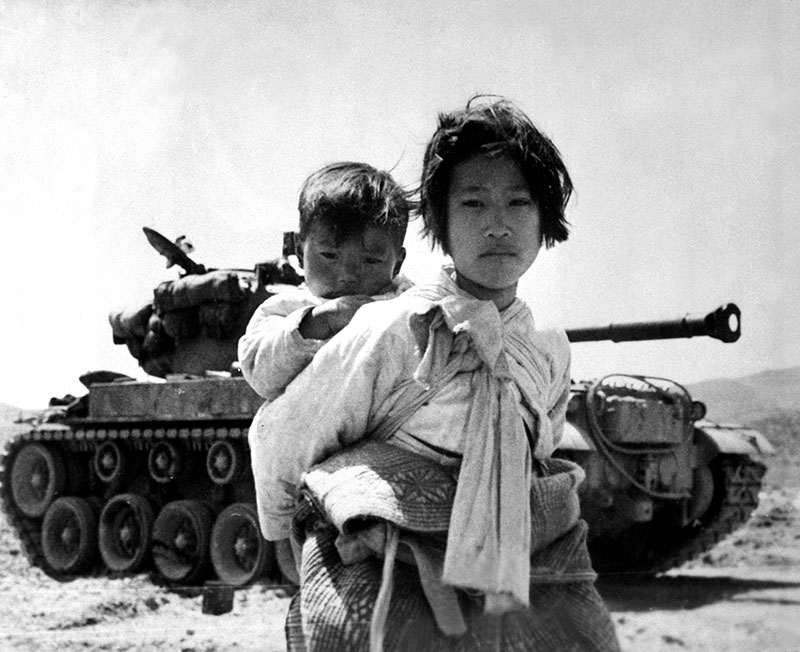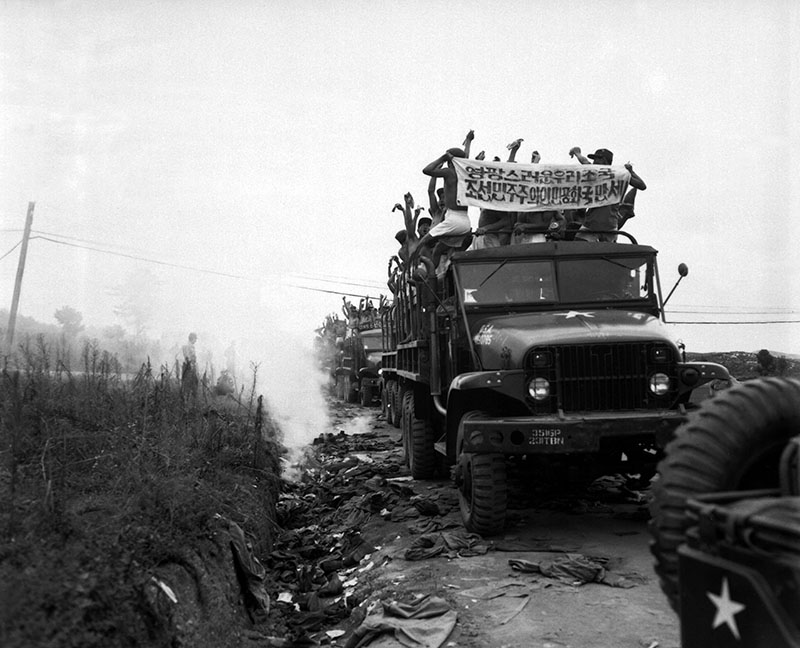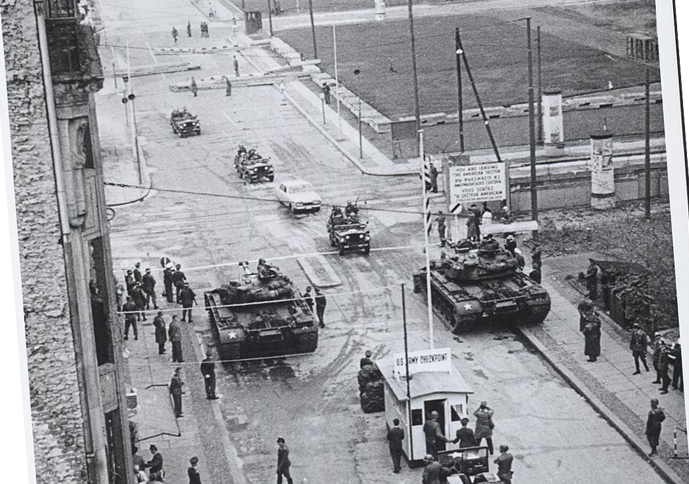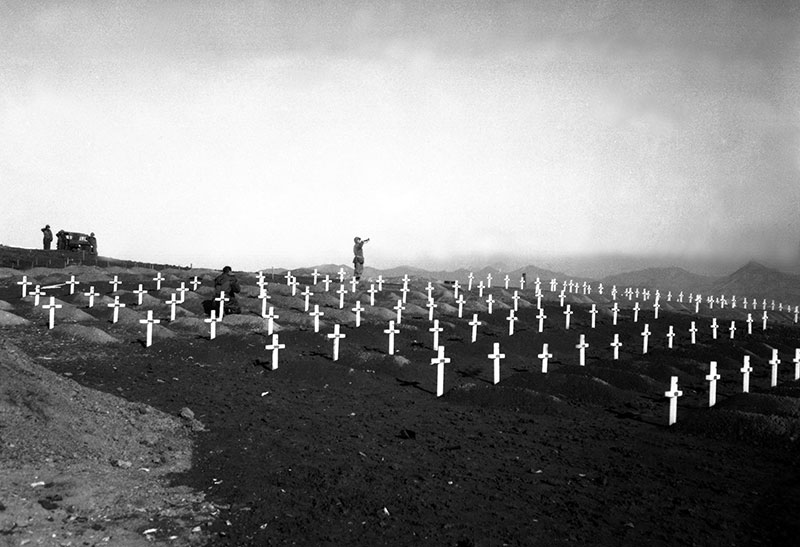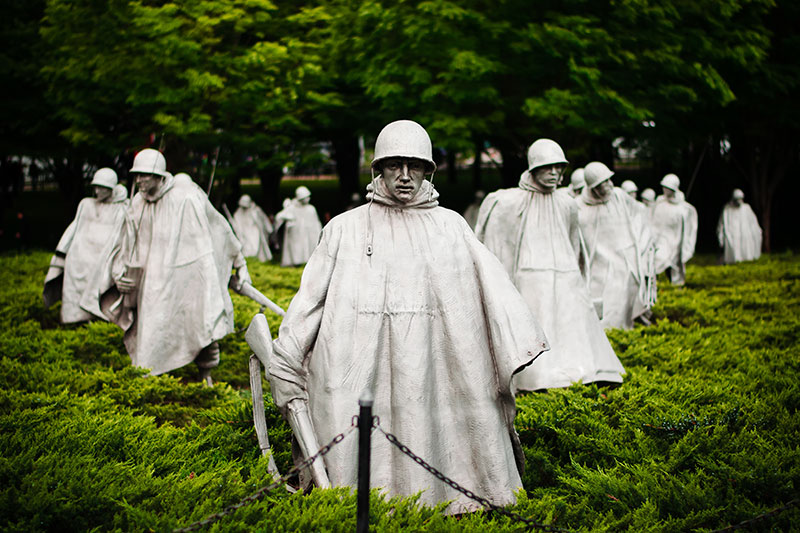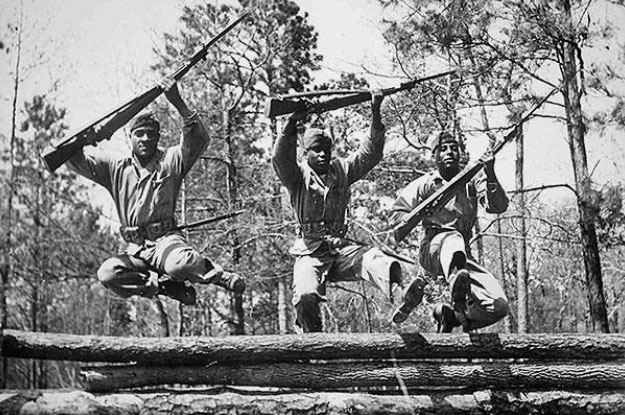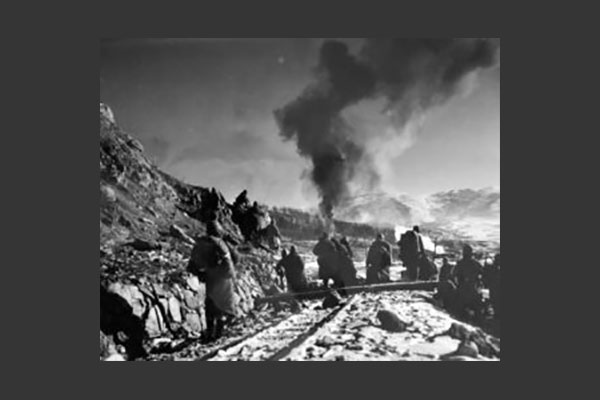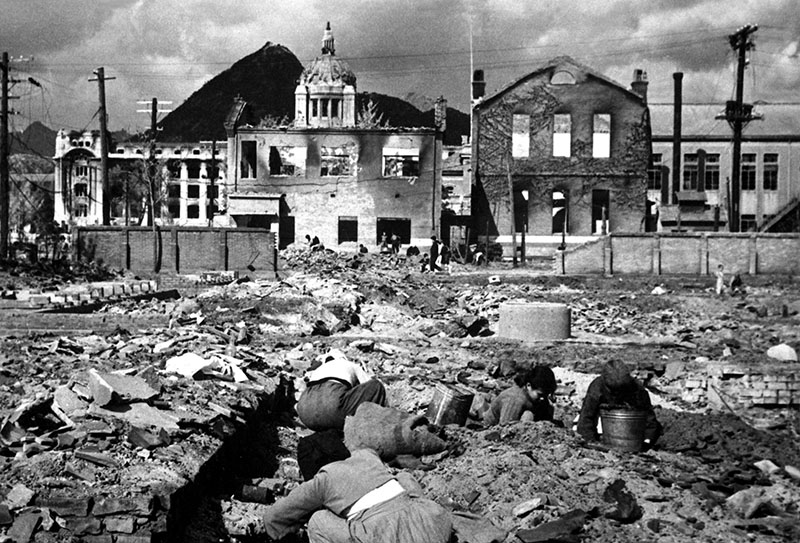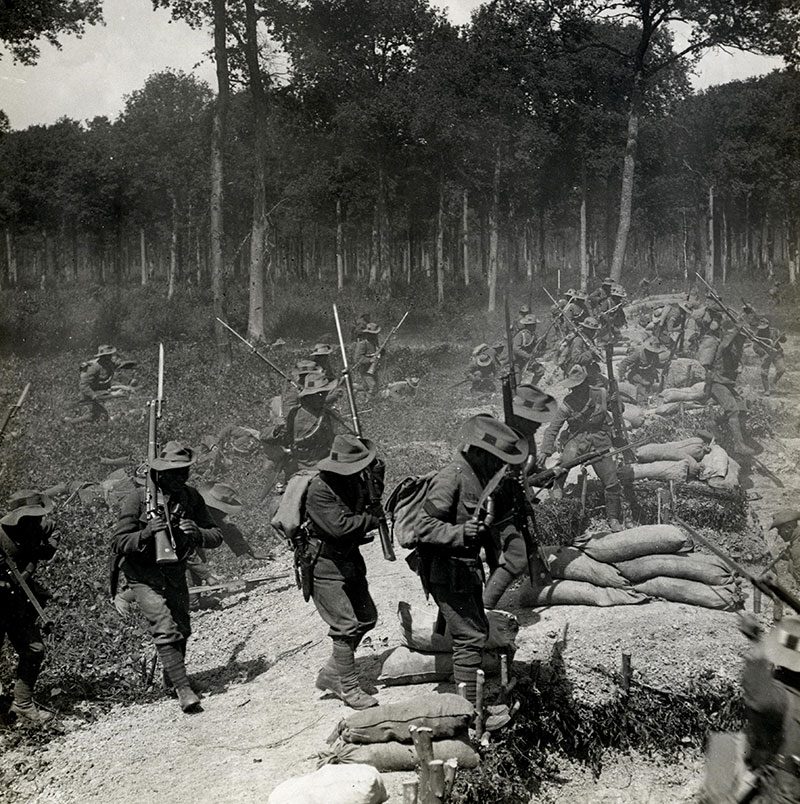In this lesson, students analyze secondary source documents in an effort to answer the central historical question: Who started the Korean War? The teacher begins by first explaining that textbooks can be biased sources and then uses a brief PowerPoint to show the geography of Korea and why/when war began there. Students then form pairs and read 2 accounts of the war: one from a South Korean textbook and another from a North Korean book. For both, students not only summarize and answer questions, but they must identify which source is which (North or South Korea?) and use textual details to prove it. In a class discussion, students share their answers. Students will also study the Montford Point Marines. They exceeded expectations and served tenaciously in the Korean War. These African American men were finally recognized by Congress and received the Gold Medal of Honor as a group on June 28, 2012. Guest speaker will be an academic coach from the school whose father served in the war and she has several primary documents to share with the students about her father’s experience in the war. Our school is primarily African American so I must incorporate the Montford Point Marines in this lesson, especially since a relative of a Korean War veteran works at the school. The conversation will lend itself to African Americans serving in a war and returning home to constant racism.
Download:
PDFWord
Author: Valencia Robinson
Grades: Middle (6-8)
Time: Five 45-minute classes
Participation Year: Fellowship 2018
Skills: Analysis
Topics: Korean War

